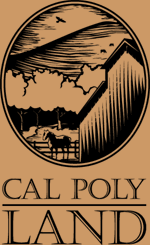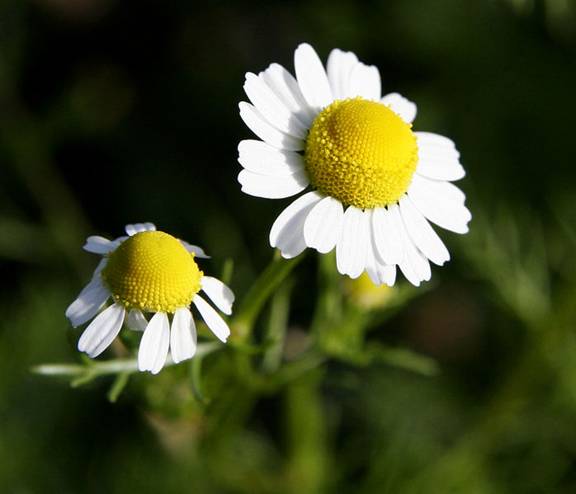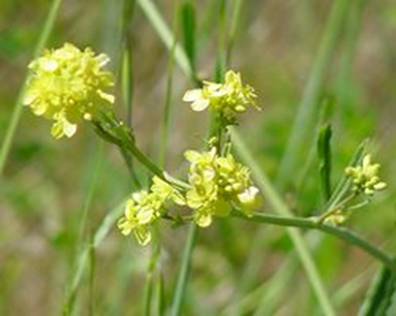| Flora @ The CAED
|
|
|
Flora
|
|
|
Pineapple weed, also known as chamomile can be found all of Cal Poly along the sides of trails. The plant grows well in disturbed areas, especially those with poor, compacted soil . It can be seen blooming on footpaths, roadsides, and similar places in spring and early summer and can be found from central Alaska down to California , and east into the Rocky Mountains. The flowers have a chamomile/pineapple aroma (press between your fingers to release this scent). They are edible and quite good in salads (although they may become bitter by the time the plant blooms), and can also be used to make a delicious tea. Pineapple weed has many useful medicinal properties. In a tea, it acts to calm the nerves and stomach, as well as expel gas from the digestive tract. The plant when crushed and applied externally acts to hinder itching and sooth sores. Pineapple weed is closely related to ragweed, and can cause similar allergic reactions in susceptible individuals.
The mustards are several plant in the genus Brassica whose proverbially tiny mustard seeds are used as a spice and, by grinding and mixing them with water, vinegar or other liquids, are turned into a condiment also known as mustard. The seeds are also pressed to make mustard oil, and the edible leaves can be eaten as mustard greens. Mild white mustard grows wild in North Africa, the Middle East and Mediterranean Europe and has spread farther by long cultication; brown or Indian mustard ( B. juncea ), originally from the foothills of the Himalya, is grown commercially in the UK, Canada and the US; black mustard ( B. nigra ) in Argentina, Chile, the US and some European countries. Canada grows 90% of all the mustard seed for the international market. There has been recent research into varieties of mustards that have a high oil content for use in the production of biodiesel, a renewable liquid fuel similar to diesel fuel. The biodiesel made from mustard oil has good cold flow properties and cetane ratings. The leftover meal after pressing out the oil has also been found to be an effective pesticide. Mustard plants cover the Cal Poly lands and give a yellow glow to the fields in the spring and summer times.
|


